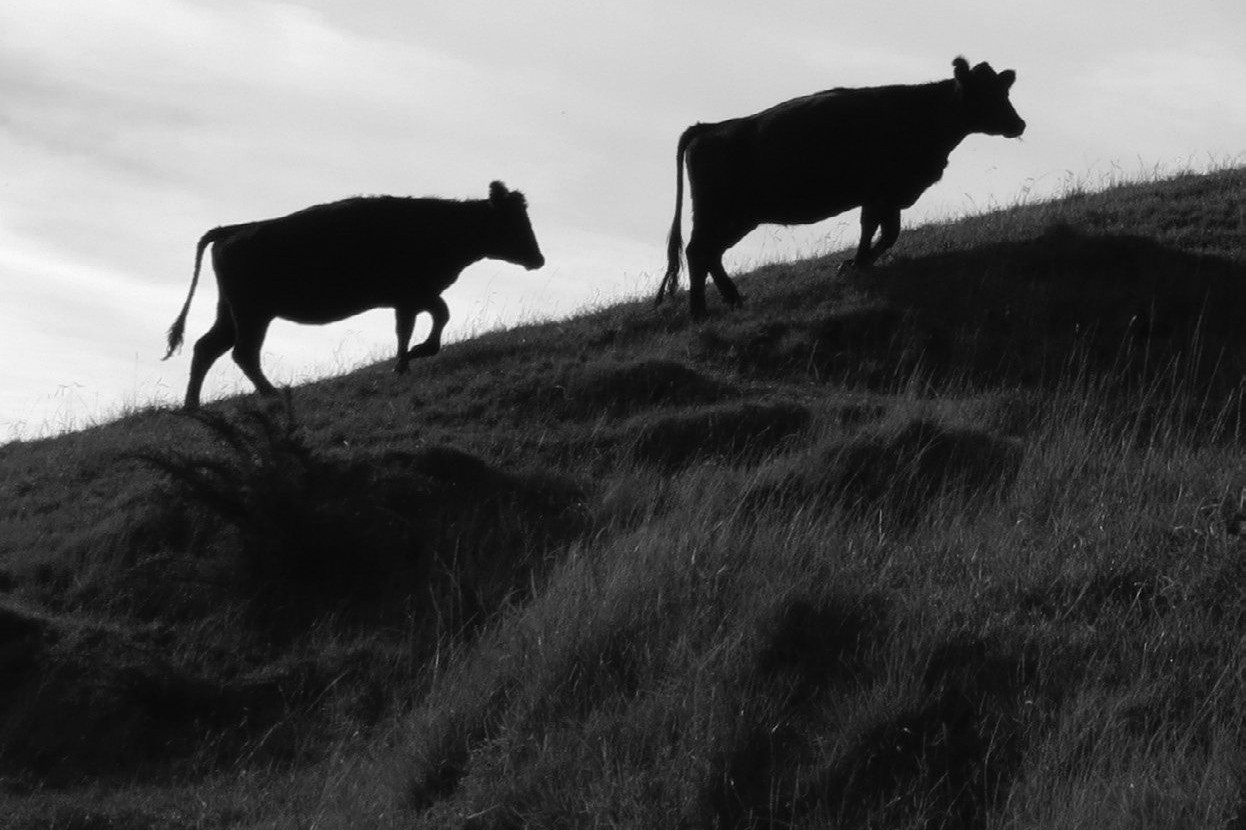Putting science into dairy beef debate
A high proportion of New Zealand beef production has dairy industry origins. But is it really inferior? By Paul Muir of On Farm Research.

The New Zealand beef industry is heavily reliant on the dairy industry. We don’t know exactly how much of our beef originates from dairy farms as cattle classification is not recorded at slaughter. Even if it was, assignment to a breed would be just a guess in many cases.
Best estimates are that about 70% of total beef originates from the dairy industry and comes from a mix of bobby calves, surplus heifers, bulls and cull cows. Most of the product from bull and cull cow finishes up as manufacturing beef with a few key cuts removed from time to time when value can be added by doing so.
But what about dairy heifers and steers?
Visit any saleyards or talk to agents in the industry and there is a widespread belief that the yield and quality of prime beef from dairy animals is inferior to that produced by traditional beef breeds. However, there is little information flow from processors to farmers so this means there is little direct information on the value components of carcases.
So, is there anything to this prejudice against dairy animals?
Carcase fatness:
Dairy animals have evolved and been selected for milk production for many years. This has resulted in dairy animals being metabolically different to aid them with high milk production.
For example, at the same liveweight they tend to have more gut and liver tissue than beef animals. They also have different fat deposits, with beef animals having more subcutaneous fat and dairy animals having more intramuscular and abdominal fat. For the latter, abdominal fat (omental and mesenteric) and in particular marbling fat have access to a greater network of blood vessels, meaning the energy stored in fat is more available for the sudden demands of lactation.
These differences in fat distribution do have an effect at slaughter.
Although there is likely to be no difference in total carcase fat when dairy and beef cattle are killed at the same liveweight, more of the fat in the dairy cattle is going to come out with the gut contents on the slaughter board whereas more of the fat in the beef cattle will be left on the exterior of the carcase and may or may not be trimmed off in the boning room. This results in a slightly lower dressing out percentage (1-2%) in dairy steers.
Meat yield and quality:
Many trials have consistently shown that in dairy versus traditional beef breeds, there is no difference in yield of primal cuts as a proportion of carcase weight.
Similarly, a review of many studies on tenderness, flavour and taste have shown no difference between dairy and beef animals. Where taste panels have found a breed difference, the results show Jersey has the more preferred beef. Growth rate and feed efficiency:
Several NZ pasture-fed studies and many overseas feedlot-fed studies have shown little difference in growth rate of Holstein-Friesian steers and beef steers. Kiwicross and Jersey steers will undoubtedly grow more slowly as they have a smaller mature size and potential growth rate is proportionate to mature size. Dairy breeds have a 15% higher maintenance energy requirement than beef breeds because of their larger more metabolically active liver and fat deposits. The difference is minor at light weights (<150 kg) as the animals have relatively little fat.
As weights increase, beef steers become progressively more efficient. We have calculated that a Friesian steer growing from 40kg to 600kg at 0.7kg/day would require an additional 450kg of pasture drymatter than its traditional beef counterpart to meet its higher maintenance requirements.
Grading:
The NZ beef grading system penalises beef from dairy carcases even if they have the same amount and value of saleable meat. There is generally no reward for marbling (which would benefit dairy animals) and carcases are graded on muscularity (which penalises dairy animals).
The muscularity grades (1-3) are subjective and a typical penalty of -10 c/kg for a muscle score 3. This is a subjective conformation score and at the same carcase weight and amount of saleable meat, dairy carcases are much more likely to be given a muscularity score of 3. Dairy carcases are also more likely to be graded L (< 3 mm fat) which in some companies attracts an additional penalty of -20c/kg.
In summary, the belief that beef of dairy origin is inferior to that of traditional beef breeds is not supported by the scientific literature. If anything, the better marbling in beef from dairy animals would provide a better eating experience. However, dairy animals are metabolically different and have higher maintenance requirements and as they get heavier and fatter, they need more feed to produce the same amount of liveweight gain.
The NZ grading system penalises prime beef from dairy animals. They are more likely to be given a muscularity grade of 3 and graded as too lean (L grade), both of which lead to a penalty. This means there is little room for error when subjectively assessing subcutaneous fat depth in lean cattle onfarm and many dairy cattle are kept to heavier weights to minimise potential penalties associated with leanness and conformation.
The combination of higher feed requirements for maintenance and reduced flexibility for early slaughter seems to be the main reason dairy animals could justifiably be penalised in the store market.
It is ironic that European cattle breeds also have a large mature size and the same lack of flexibility at slaughter, yet command a store market premium.
- MORE? Follow this link to the published paper. https://doi.org/10.1080/00288233.2000.9513421





